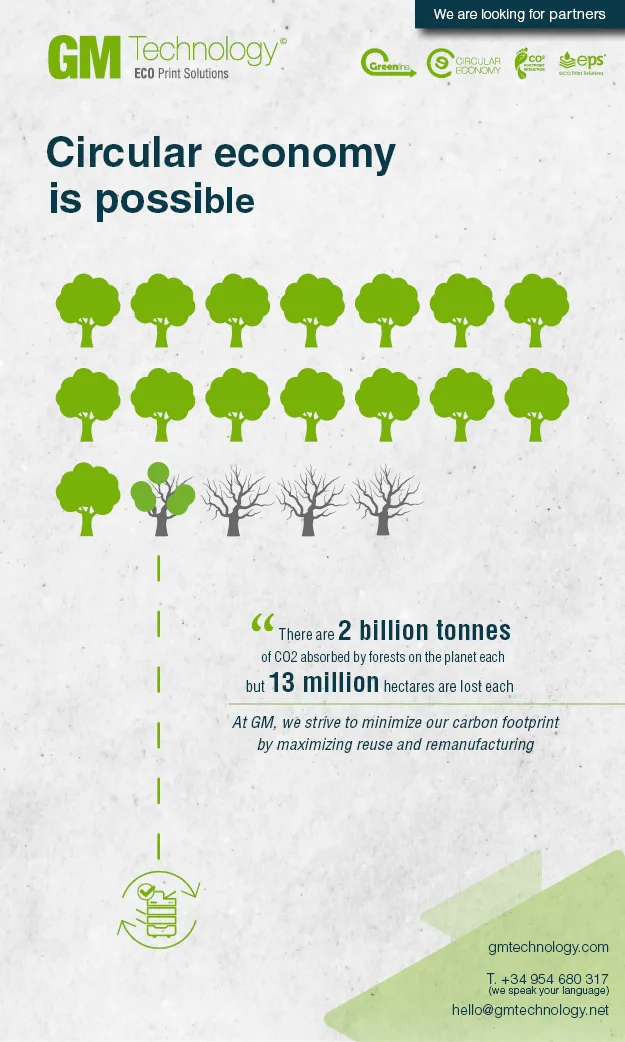What does the future workplace look like?
June 16, 2020
 600 IT leaders across five countries disclose post-COVID-19 priorities in support of a flexible work environment, according to Xerox’s latest survey.
600 IT leaders across five countries disclose post-COVID-19 priorities in support of a flexible work environment, according to Xerox’s latest survey.
A new global business survey commissioned by Xerox Holdings Corporation shows an estimated 82% of the workforce in respondents’ organisations will have returned to the workplace in 12-18 months’ time, on average. In preparation for a return, companies are investing in new resources to support a hybrid remote/ in-office workforce, with 56% increasing technology budgets and 34% planning to speed their digital transformation as a result of COVID-19.
The Xerox Future of Work Survey, conducted by the independent research firm Vanson Bourne, polled 600 IT decision makers including senior C-level professionals from the US, Canada, the UK, Germany and France, whose organisations have at least 500 employees.
Respondents reported challenges caused by the sudden transition to remote work, with 72% citing they were not fully prepared from a technology perspective. In addition to technology (29%), the biggest pain points during the required work from home period were communication breakdown across teams/ employees (26%) and maintaining focus (25%).
“While there is no doubt the COVID-19 pandemic has changed the way we work, our research found that over time many companies plan to have most employees back in an office environment. This could be for a variety of reasons, including communication, speed of decision-making and talent development,” said Steve Bandrowczak, Xerox President and Chief Operations Officer. “At the same time, the sudden shutdown and ongoing hybrid work environment has exposed technology gaps that require new or additional investment in the coming months.”
Key survey findings and Xerox takeaways include:
Businesses plan to return most employees to the office, though expanded remote work policies are here to stay.
Prior to work from home requirements being imposed, 33% of respondents said network/data security and privacy was their biggest concern with a remote workforce; 24% cited employee productivity followed by 16% citing technology infrastructure. These concerns, coupled with the belief held by 95% of respondents that in-person communication is important for personal development and assessing talent, indicate widespread remote work will not replace more traditional workspaces.
However, now that businesses are more comfortable with remote work, attitudes and policies of C-suite leaders and IT decision makers are shifting. Among the countries polled, the US is the most likely to have an increase in confidence in remote working (86%), followed by the U.K. (80%), Germany (80%), Canada (77%), and France (75%). Furthermore, 58% plan to change their work from home policy within the next year, highlighting the need for companies to support a hybrid workforce.
Sudden stay-at-home orders quickly revealed technology gaps.
The rapid transition to remote work was difficult for most businesses, with only 28% saying they were fully prepared and 29% citing technology as their biggest pain point. Among the specific countries polled, France was the least likely to be fully prepared for the sudden transition to remote work, while the U.S. was the most likely to be fully prepared. With regards to technology specifically, respondents said their top challenges were remote IT support (35%), inadequate workflow solutions (27%), lack of communications and collaboration tools (22%) and lack of cloud-based solutions (10%). 85% of business leaders also missed the accessibility and ease of use of their office printers, with US respondents missing them the most (93%) followed by Germany (92%) and France (91%).
Technology purchasing priorities are shifting to better support employees.
As a result of technology gaps uncovered by having a mostly remote workforce, 70% of IT decision makers globally are re-evaluating their budget spend, with companies increasing investment in remote technology resources (55%) or a hybrid of remote and in-office resources (40%). The pandemic also has businesses prioritizing investments in cloud-based software (65%), remote IT (63%) support and collaboration software (52%).
Hardware such as laptops and printers were another important consideration, especially for companies based in France, with 22% of respondents citing it as the most important need when it comes to technology, productivity and their overall work experience.
Categories : Around the Industry
Tags : COVID-19 Remote Working Survey Xerox























